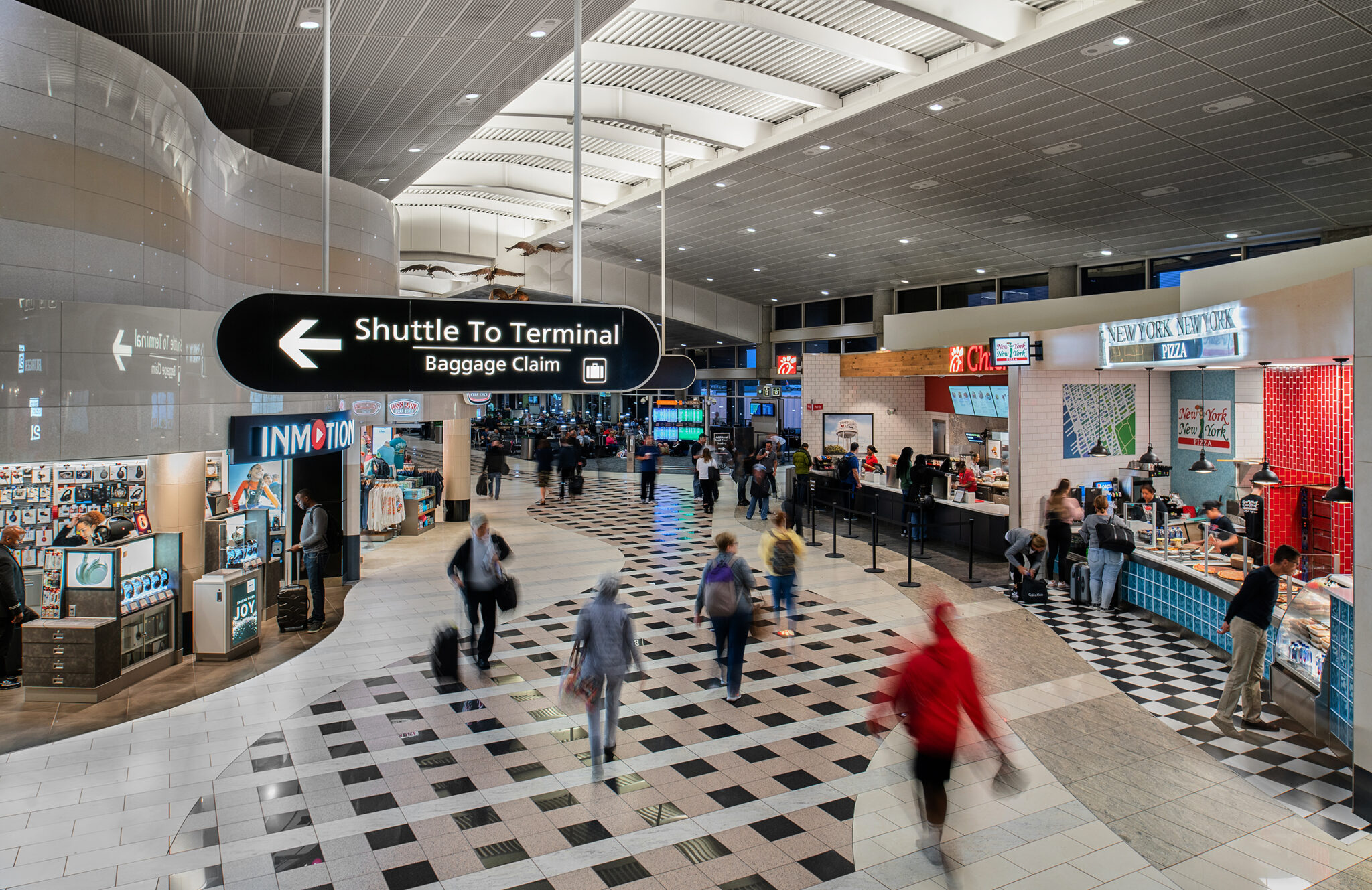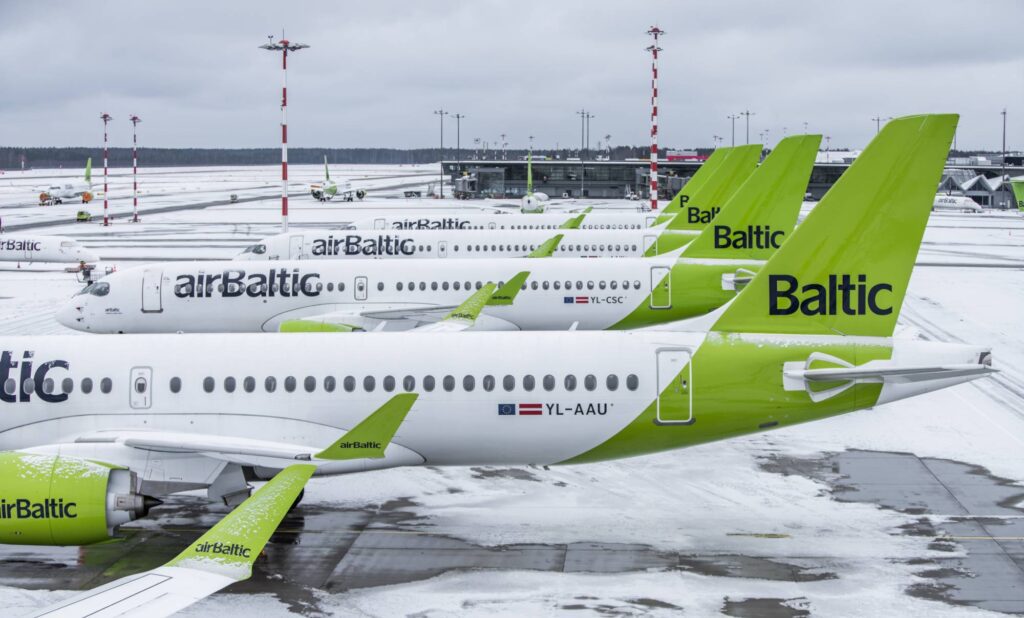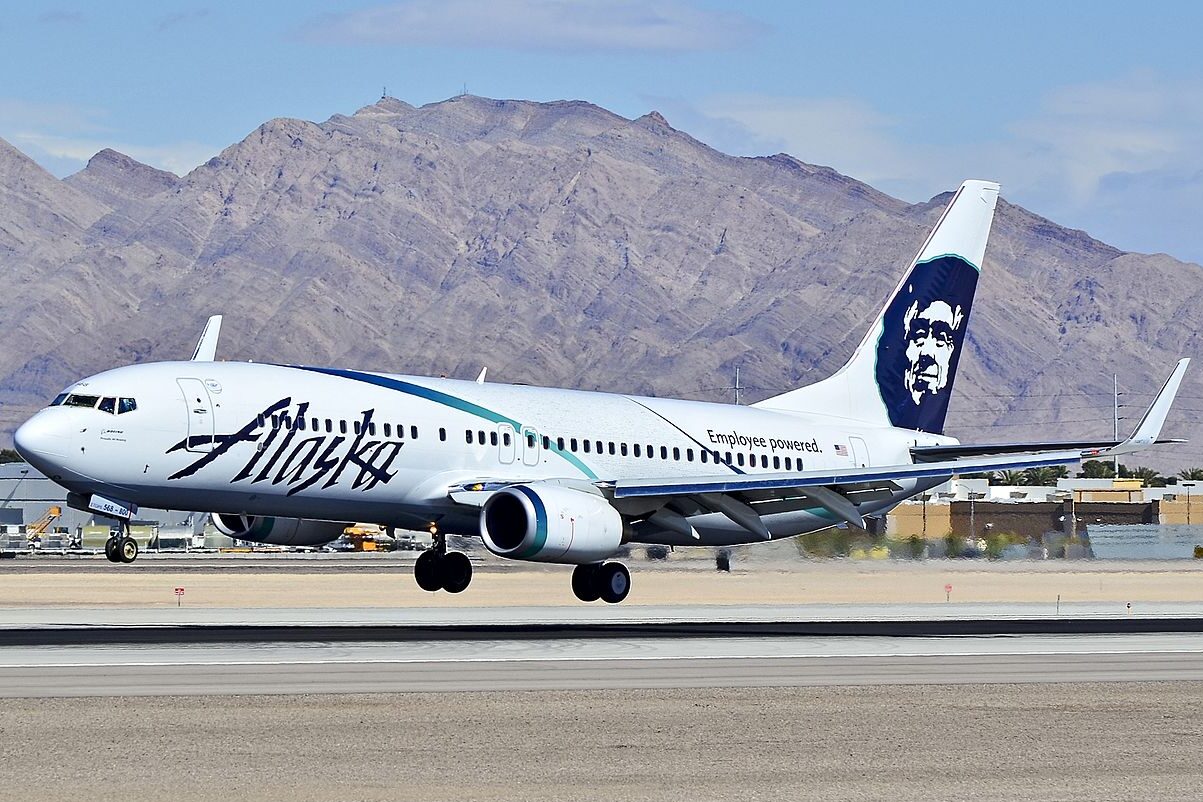Why Are Airlines Struggling to Keep Up With Soaring Demand?

Skift Take
Global aviation markets are experiencing robust demand, with the North Atlantic and Europe among the star performers. Asia was slower in recovering from the pandemic slump but is now moving in the right direction.
This demand is filling planes and boosting profitability, but another key factor is driving buoyant results – constrained capacity.
For the most part, this has not been through airline choice but due to a series of supply chain and technical challenges. As 2025 gains momentum, what does this mean for the airline industry and is the situation likely to improve?
Under normal circumstances, airlines plan timetables more than a year in advance. The general objective is for tickets to be on sale from 12 months before departure. There is always flexibility to make changes, additions, and deletions closer in, but flights are more likely to perform better with sufficient lead time to promote and build up bookings.
Accurate and optimal timetabling depends on the certainty of aircraft being available. There are always competing demands for a given aircraft, with availability also influenced by factors such as maintenance requirements.
However, the magnitude of supply chain problems in recent years is of a scale and complexity that I’ve not witnessed at any point in my career. It cuts across aircraft types and engine suppliers.
Logistical Headaches for Airlines
There are multiple reasons for this unprecedented set of circumstances.
Boeing was facing production restrictions long before the pandemic. The regulatory spotlight fell on its safety and quality processes, following two fatal crashes of 737 Max aircraft in 2018 and 2019.
Covid-19 compounded these problems, with production suspensions and the loss of specialist manpower hampering subsequent ramp-up efforts.
In early 2024, just as things started to improve, further regulatory scrutiny came following the mid-air detachment of a door plug on an Alaska Airlines 737 Max 9. This led to new limits on production.
A hugely disruptive machinists strike followed in the fall, with workers downing tools for seven weeks.
A Global Problem
The impact on airlines is illustrated by the experience of Ryanair and Emirates. The Irish low-cost carrier was forced to cut projected passenger numbers in the current financial year ending March 2025, as well as 2026.
It failed to receive the expected number of new deliveries of 737 Max 8 planes for the 2024 summer peak and had to adjust its schedules at late notice. Rather than repeat the experience in 2025 and wishing “to avoid being over-scheduled, over-crewed and over-costed” as it was in 2024, Ryanair has assumed that it will be at least 10 aircraft short for peak summer in 2025. It has reduced its expected passenger target by five million accordingly.
Meanwhile, Emirates expected to receive the first of its order for Boeing 777-9 aircraft in 2020. The widebody aircraft formed a cornerstone of its fleet replacement and upgrade program. The Dubai-based carrier is still waiting for a confirmed delivery date and this recently slipped further from 2025 to 2026.
Delivery delays have forced Emirates to keep older 777-300ERs in service for longer. This has dictated costly major overhauls and cabin refurbishments requiring extensive aircraft downtime.
It’s Not Just Boeing
The global problems are not limited to airlines that fly Boeing aircraft. Airbus customers are also experiencing delayed deliveries, however, the factors at play are slightly different. The European manufacturer's challenges are less of its own making, with supply chain difficulties disrupting production flows.
Engines are a particular sticking point. New-generation units are around 20% more fuel efficient than their predecessors, but this improvement requires them to operate at significantly higher temperatures. Unfortunately, the more arduous operating conditions are revealing durability problems.
Some engines are staying “on the wing” for just 20% as long as previous models before requiring maintenance. This is creating significant headaches for airlines around the world who face timetabling mayhem. The job of efficiently planning networks and frequencies is made even harder with aircraft grounded for unplanned maintenance or awaiting spare parts.
The requirement for new-generation engines to operate at high temperatures necessitates greater use of materials such as titanium. This can only be sourced from particular parts of the world, one of which is Russia. Current geopolitical tensions and trade restrictions between Western nations and Moscow are affecting the usual supply flows of critical raw components.
300-Day Aircraft Groundings
A further complication relates to some Pratt & Whitney engines. The manufacturer is navigating significant technical challenges with its GTF engine family. These new-generation designs power many Airbus and Embraer aircraft. Technical quality issues with some components is resulting in hundreds of aircraft being grounded at airlines worldwide.
It’s no quick fix, with each plane out of action for around 300 days each while repairs are made. The impact of the GTF problems is being compounded by a lack of available spare engines and raw materials.
The Airbus A321neo fleet is particularly exposed to the GTF issue. European low-cost airline Wizz Air is facing one of the worst fleet shortfalls with around 40 of its aircraft grounded at any given time over the coming year or two.

Wizz should be in a phase of rapid growth but has been forced to offer flat capacity over recent months with routes and capacity cut back across its network. Growth plans have had to be reined in for several years to come.
AirBaltic is another operator that has had to announce sweeping cuts to its planned network for 2025. The Latvia-based airline is canceling thousands of flights for the coming summer season. Routes to 19 cities will be suspended, with frequencies cut to another 21 destinations. In total, 4,670 flights will not operate as planned due to similar engine problems on its Airbus A220s.
In response to airBaltic’s challenges, a spokesperson for Pratt & Whitney told Skift: "We are proactively taking steps to reduce unscheduled engine removals, and are working with our customers to bring solutions, including spare engines, to increase aircraft availability."
Nightmares for Some Dreamliner Operators
Rolls-Royce – another of the world’s biggest engine makers – has its share of problems too. The company’s Trent 1000 engines power many Boeing 787 Dreamliners, a key workhorse for long-haul routes. Durability is again at the core of the problem, with airlines complaining that engines are not being delivered to plan. A lack of spare parts is another factor.
British Airways illustrates the challenge faced by some Dreamliner operators. The airline has had to ground six aircraft – around 15% of its total fleet of 787s – to cannibalize engines and components to support the rest of its operation. This has led to tough decisions on route closures and capacity reductions which will come at a heavy price in terms of revenue and profitability.
Rolls-Royce previously said that it "takes the industry-wide issue that the aerospace supply chain is currently dealing with extremely seriously." Its spokesperson added that the company has introduced “a number of initiatives to reduce the impact on our customers.”
The complexity and scale of these challenges mean that they will not be overcome quickly or easily. For the foreseeable future, airlines will continue to have to adapt to a higher level of unpredictability in planning their capacity and timetables and in juggling the knock-on impact on manpower, revenues, and customers.
Watch Robin Hayes, Chairman and CEO of Airbus North America, and Vik Krishnan, Senior Partner at McKinsey & Company at the Skift Aviation Forum 2024:
Airlines Sector Stock Index Performance Year-to-Date
What am I looking at? The performance of airline sector stocks within the ST200. The index includes companies publicly traded across global markets including network carriers, low-cost carriers, and other related companies.
The Skift Travel 200 (ST200) combines the financial performance of nearly 200 travel companies worth more than a trillion dollars into a single number. See more airlines sector financial performance.




